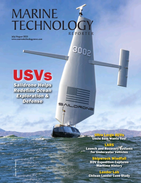Lost @ Sea: Missing Equipment Washes Up Five Years Later
After going missing on Christmas Day five years ago, deep ocean measuring equipment belonging to the UK’s National Oceanography Center (NOC) has just been found on a beach in Tasmania by a local resident after making a 14,000 km journey across the ocean.
In 2011, this deep-ocean lander instrument was deployed by NOC scientists in the northern Drake Passage, which is a narrow section of the ocean between South America and Antarctica. Measuring ocean bottom pressure here helps provide information on the Antarctic Circumpolar Current, which is the largest ocean current in the world. The instrument was due to spend two years collecting data at a depth of 1100 metres, before being recovered on Christmas Day in 2013 by a research expedition on the Royal Research Ship (RRS) James Clark Ross, operated by British Antarctic Survey. However it did not return to the surface as planned for reasons that are not clear, possibly due to something getting tangled up with the release mechanism.
After being presumed lost, the deep ocean instrument frame was discovered washed up on a beach on the western tip of Tasmania. After being made aware of the find, the manufacturers were able to use the serial numbers on two of the sensors on the frame to trace the NOC as the owners and contact them.
The instruments, frame and data sensors have now been removed from the beach as a result of a collaboration between the finder of the instrument, the NOC, the Commonwealth Scientific and Industrial Research Organisation (CSIRO) and the Integrated Marine Observing System (IMOS) based at the University of Tasmania, in Hobart. The process of removal from the beach took several trips over a number of days, and the data sensors have now been taken to CSIRO where a team have managed to successfully recover some of the information. It is hoped that a scientific analysis of the recovered data will soon provide further insights into this remarkable journey.
Professor Ed Hill, Executive Director of the NOC, said “Finding this instrument is like an early Christmas present. The Antarctic Circumpolar Current is key to understanding the dynamics of the global ocean, so these sustained observations are incredibly important. There is no better place to make these observations than the narrow Drake Passage, which is why this instrument was deployed there before it made its epic journey to Tasmania.



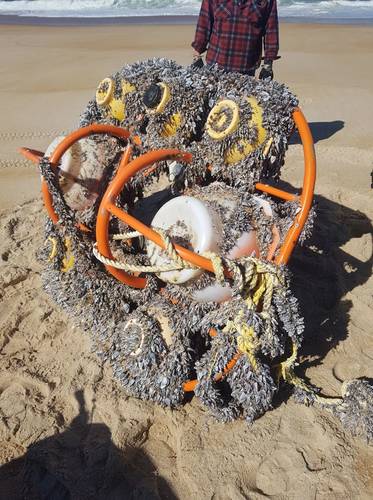
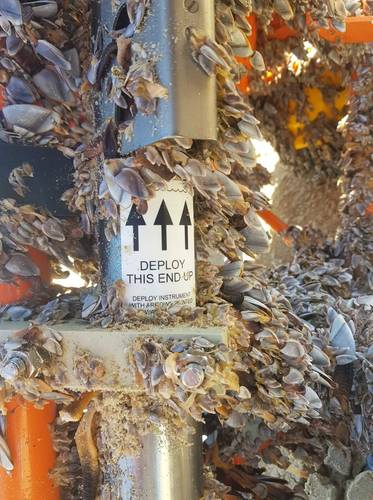
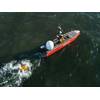
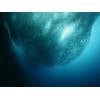



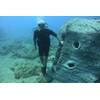






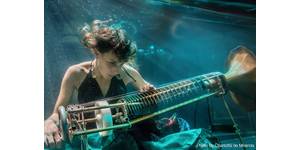
 August 2025
August 2025


